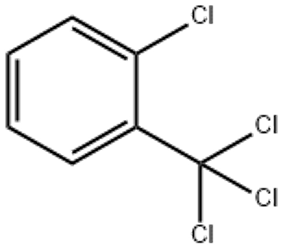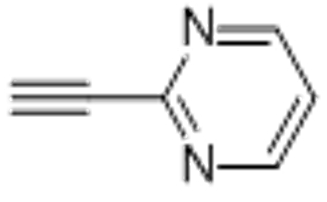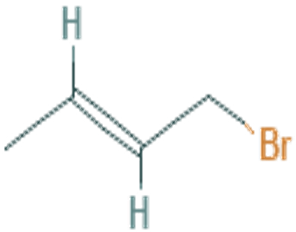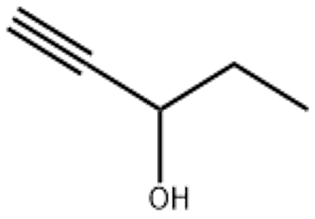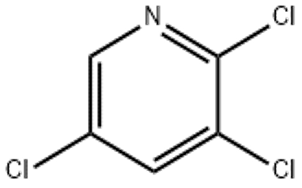2 6-Dichloronicotinic acid(CAS# 38496-18-3)
| Risk Codes | R36/37/38 – Irritating to eyes, respiratory system and skin. R22 – Harmful if swallowed |
| Safety Description | S26 – In case of contact with eyes, rinse immediately with plenty of water and seek medical advice. S36 – Wear suitable protective clothing. |
| WGK Germany | 3 |
| HS Code | 29333990 |
| Hazard Class | IRRITANT |
Introduction
2,6-Dichloronicotinic acid is an organic compound. The following is a brief introduction to the properties, uses, preparation methods and safety information of 2,6-dichloronicotinic acid:
Quality:
- 2,6-Dichloronicotinic acid is a colorless crystalline solid that is soluble in organic solvents such as alcohols and ethers.
- It has a pungent odor and is strongly corrosive.
- Decomposes at high temperatures, releasing toxic chlorine gas.
Use:
- 2,6-Dichloronicotinic acid can be used as an intermediate in the manufacture of pesticides and herbicides.
- It can also be used for chlorination reactions in organic synthesis, such as the preparation of other organochlorine compounds.
Method:
- 2,6-Dichloronicotinic acid is usually prepared by reacting nicotinic acid with thionyl chloride or phosphorus trichloride.
Safety Information:
- 2,6-Dichloronicotinic acid is corrosive and can cause burning and irritation in contact with the skin and eyes. Direct contact should be avoided.
- When using or storing 2,6-dichloronicotin, appropriate safety measures such as wearing protective gloves, goggles, and protective clothing should be followed.
- When handling 2,6-dichloronicotinic acid, a well-ventilated environment should be ensured to avoid inhaling its vapors or dust.
- 2,6-dichloronicotinic acid may produce harmful reactions when mixed with other chemicals, and care should be taken to avoid mixing it.




